Chikungunya is currently on the rise in China and Singapore and is spreading to parts of Africa, South Asia and Europe.
With the Chikungunya epidemic spreading in many countries, everyone needs to have knowledge about this disease to prevent it effectively.
When did Chikungunya disease originate ?
According to the Department of Preventive Medicine ( Ministry of Health ), Chikungunya is an infectious disease caused by the Chikungunya virus (CHIKV). Chikungunya is not transmitted directly from person to person but is transmitted through the Aedes mosquito (the same type of mosquito that transmits dengue fever). Mosquitoes mainly bite during the day and can peak in activity in the early morning and late afternoon.
According to the World Health Organization, Chikungunya was first recorded in 1952 in Tanzania (East Africa). On July 22, 2025, the World Health Organization (WHO) issued a warning about the rapid spread of Chikungunya, with major outbreaks reported in Indian Ocean islands such as La Réunion and Mayotte. These outbreaks have now spread to some areas of Africa, South Asia, and Europe.
Vietnam has many trade and tourism exchanges with countries around the world , so there is a risk of disease entering the country. Although Vietnam has not recorded any cases of Chikungunya in the community, the Ministry of Health assesses that because Aedes mosquitoes (the vector of the disease) circulate in many localities, there is always a risk of disease entering Vietnam.
Symptoms of Chikungunya
Mr. Vo Hai Son - Deputy Director of the Department of Disease Prevention (Ministry of Health) said that the symptoms of Chikungunya appear from 4 to 8 days (ranging from 2 to 12 days) after being bitten by an infected mosquito. Most symptoms usually resolve within 2 to 7 days.
The disease is characterized by a sudden onset of fever above 38.5°C, accompanied by severe joint pain/arthritis. Other common symptoms include joint stiffness, arthritis, headache, fatigue and rash. Joint pain is often debilitating and often lasts for several days or longer.
The symptoms of Chikungunya are similar to those of Dengue fever but joint pain and swelling are often more prominent, whereas Dengue fever is more often associated with bleeding.
People at risk for more severe cases of Chikungunya include newborns who are infected at birth from infected mothers or who become infected in the weeks after birth, and adults with underlying medical conditions. Once recovered, they are immune to Chikungunya.
According to the Ministry of Health, there is currently no specific antiviral drug to treat Chikungunya. Treatment is mainly aimed at reducing symptoms, including joint pain relievers and fever reducers.
Disease prevention measures
The Ministry of Health recommends that people should not self-diagnose or treat themselves at home; when there are signs of suspected illness, they must immediately go to the nearest medical facility for timely consultation, examination and treatment.
To proactively prevent and control Chikungunya disease, the Ministry of Health recommends that people take preventive measures.
People returning from countries and regions with an increase in Chikungunya epidemics: Need to actively monitor their health within 12 days; If there are any unusual signs of health (such as fever, joint pain, rash, etc.), they need to go to a medical facility immediately for examination, consultation and timely treatment.
People in households and residential areas need to take disease prevention measures such as: Cover all water containers to prevent mosquitoes from laying eggs; Weekly take measures to kill larvae by releasing fish into large water containers; wash medium and small water containers, turn over containers that do not contain water; change the water in flower vases; put salt or oil or larviciding chemicals in bowls of water placed under the cupboard.
Every week, households need to remove waste materials and natural water holes that do not allow mosquitoes to lay eggs, such as bottles, jars, broken glass, coconut shells, broken jars, old tires/tires, bamboo holes, leaf sheaths, etc.; Sleep under mosquito nets and wear long clothes to prevent mosquito bites even during the day; Actively cooperate with the health sector in spraying chemicals to prevent and control epidemics.
In case of fever, people should go to a medical facility immediately for examination and treatment advice, do not self-treat at home./.
Source: https://www.vietnamplus.vn/benh-chikungunya-gay-sot-va-anh-huong-doi-voi-xuong-khop-cua-nguoi-mac-post1055015.vnp



![[Photo] Prime Minister Pham Minh Chinh chairs meeting to deploy overcoming consequences of storm No. 10](https://vphoto.vietnam.vn/thumb/1200x675/vietnam/resource/IMAGE/2025/10/3/544f420dcc844463898fcbef46247d16)




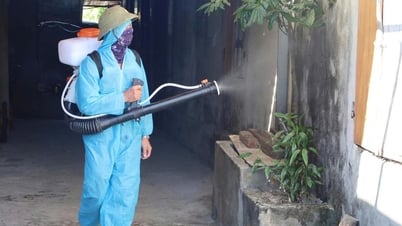

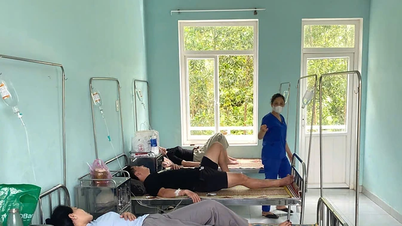

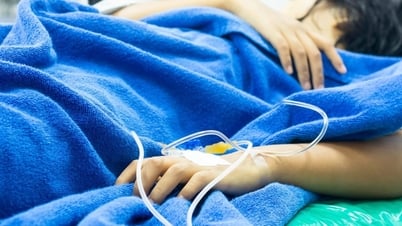

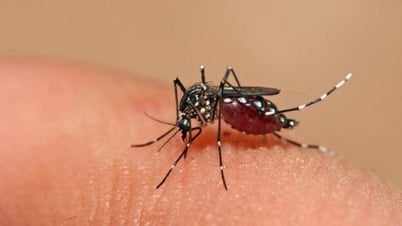



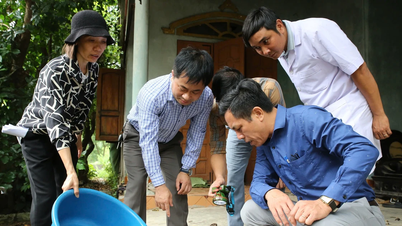

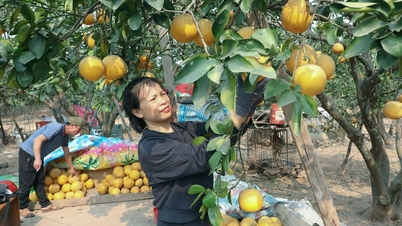
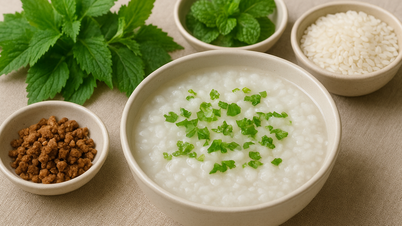
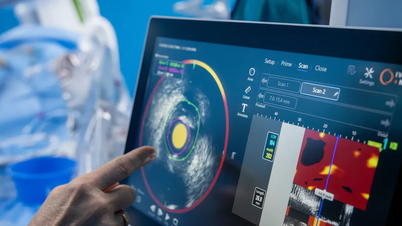
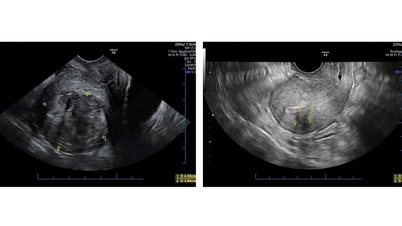








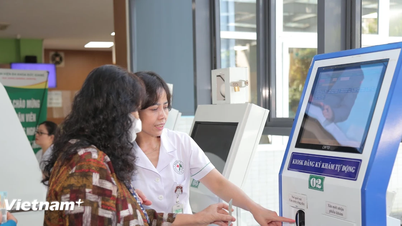
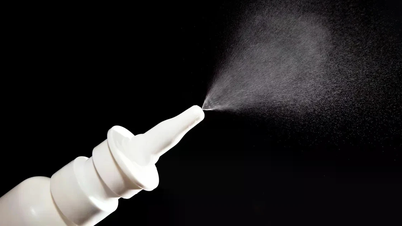



![[Photo] Binh Trieu 1 Bridge has been completed, raised by 1.1m, and will open to traffic at the end of November.](https://vphoto.vietnam.vn/thumb/1200x675/vietnam/resource/IMAGE/2025/10/2/a6549e2a3b5848a1ba76a1ded6141fae)






































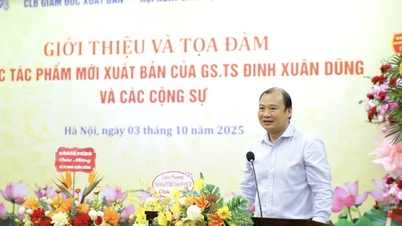



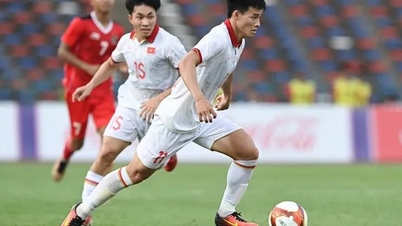

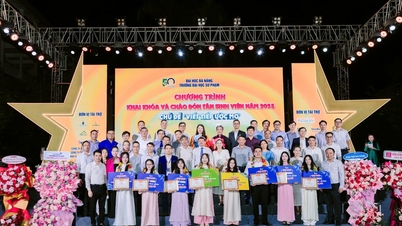

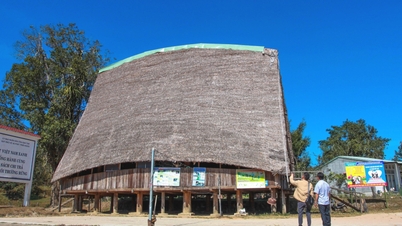


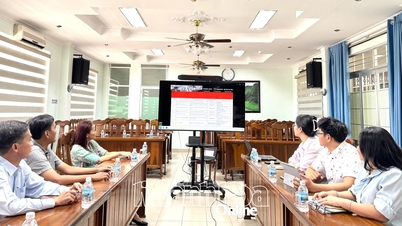

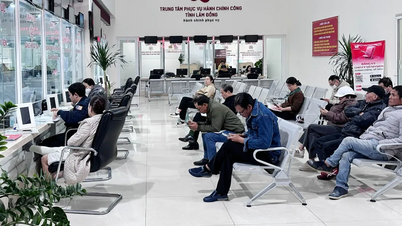














Comment (0)